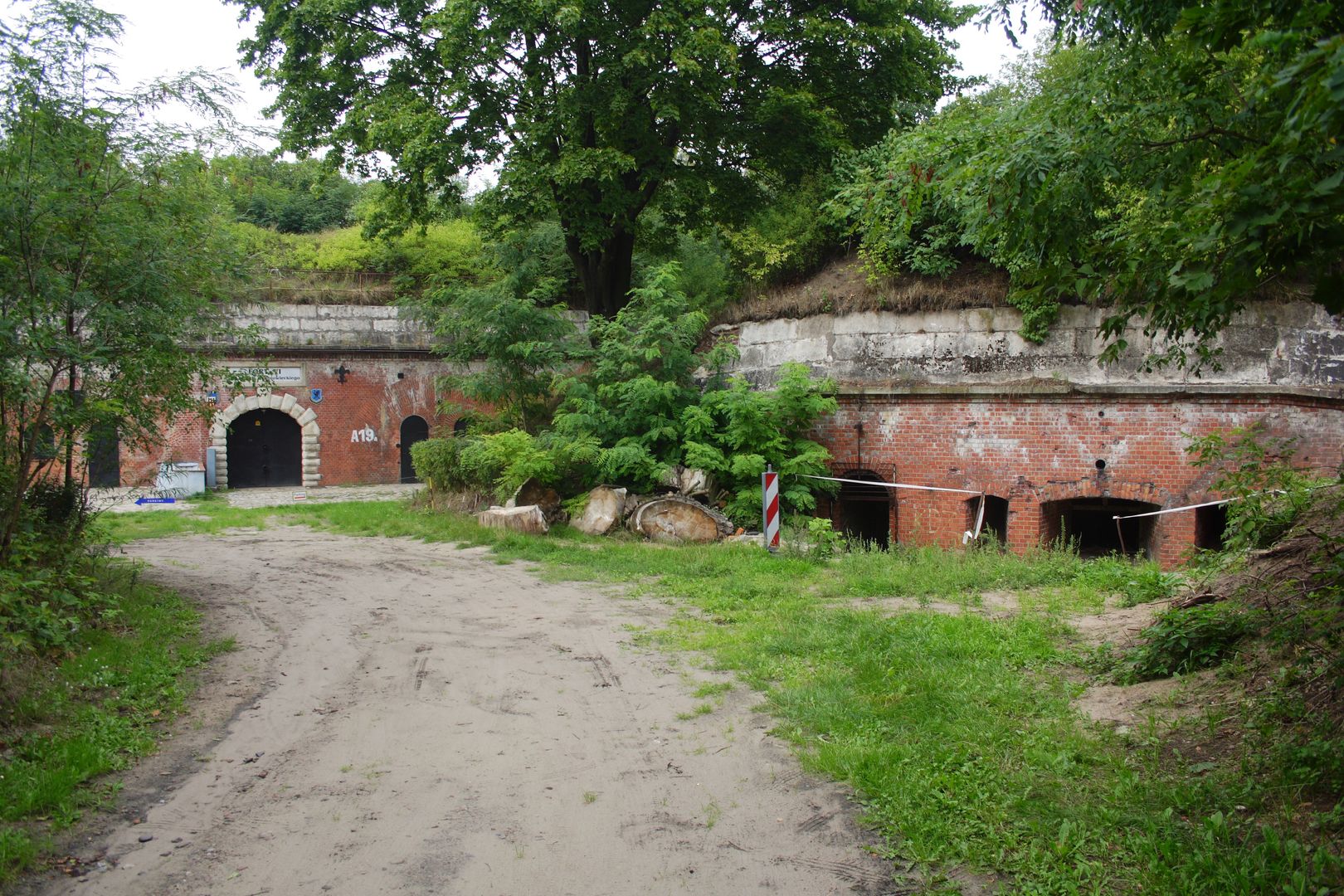Fort VI of the Toruń Fortress
6.64

Overview
Fort VI of the Toruń Fortress, previously known as Zwischenfort IV a and later named after Dohna, was built between 1887 and 1890 in a neo-Gothic style using brick and concrete, on a pentagonal plan. Its main purpose was to reinforce the northern defensive line of Toruń and protect the route to Chełmno. Although small compared to other forts in this line, it was modern and resistant to artillery fire from 150 mm caliber guns, making it a significant element of military architecture of that period. Between 1912 and 1914, the fort underwent modernization, which included bricking up windows, replacing mechanical equipment, and installing electrical systems. Further works involved the construction of a traverse, improved communication with the rampart, and the addition of camouflage vegetation. After World War I, in 1920, the fort came under the administration of the Polish Army, and in 1924 it was converted into a storage facility for sapper equipment for the Toruń Fortress Command. Fort VI is an interesting example of late 19th-century defensive architecture, incorporating modern building materials and technologies, and its history reflects the changing military and administrative needs of the region. Interestingly, despite its military purpose, the fort and its surroundings may also attract interest due to their scenic value and tourism potential, given its location and historical significance in the context of Toruń's defense.
Location
2025 Wizytor | All Rights Reserved